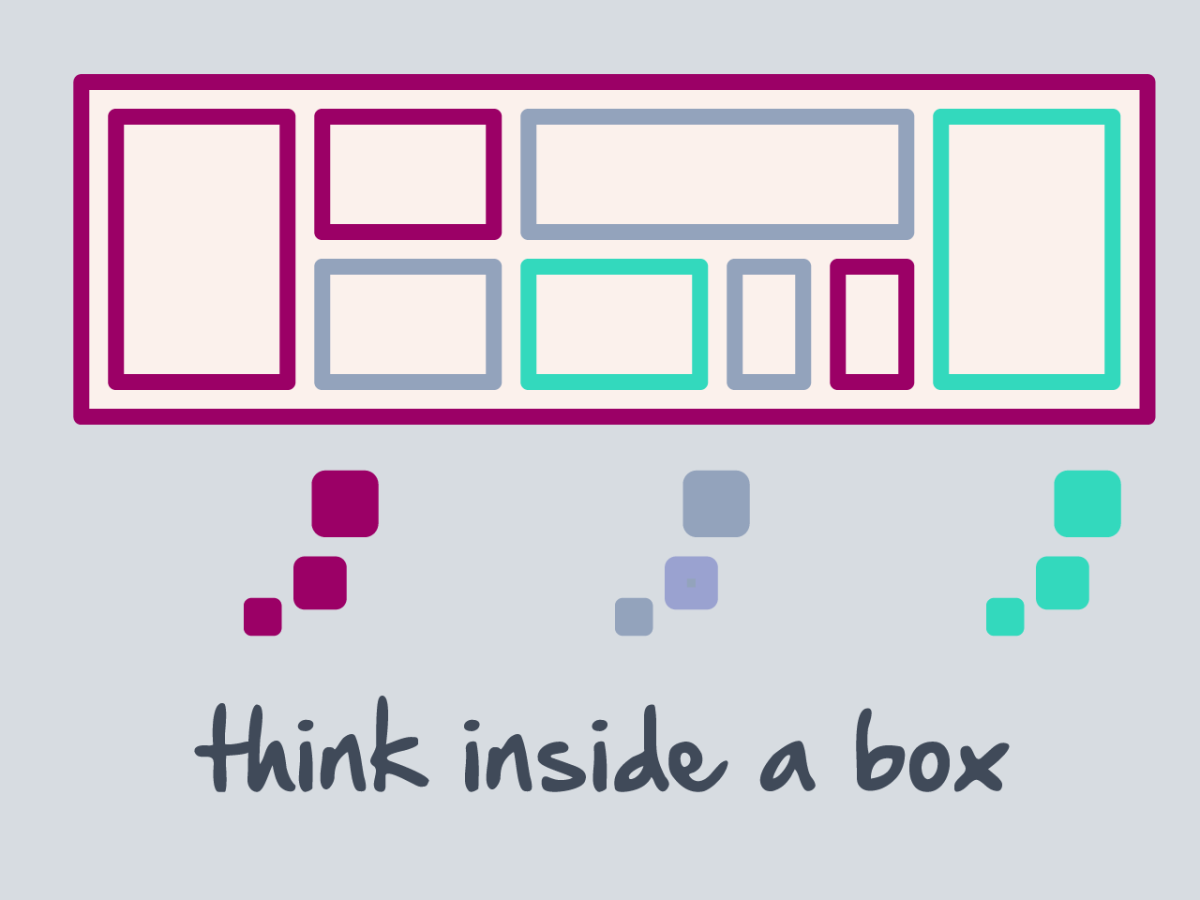
Clear Structure
Francesco Marcatto11 Jul 16
There is a widespread myth that true creativity is something very free-form. Indeed, this is how many group creativity meetings are done. People gather together and are free to express their ideas and go (hopefully) where no one has been before.
But this is not the best way to make your creativity really shine.
Creativity needs structure
It might seem counter-intuitive, but creativity really does need structure.
In the words of the business communication master Steve Denning:
'It is structure that enables creativity. We see examples of this everywhere. In nature, we see the fantastic diversity generated by a few basic structural elements: no more than a hundred varieties of atoms and a couple of primary colors, lead to a universe of infinite beauty and diversity. In the great human creations, in the twelve notes of the musical scale, in the twenty six letters of the alphabet, these fantastic structural inventions have unlocked the enormous creativity of literature and music. Without structure, there is nothing for creativity to get leverage upon.'
Jazz musicians
This view also has a solid base in research. According to British psychologist and Princeton professor Philip Johnson-Laird, creativity must satisfy pre-existing criteria or constraints. One of the key points of his study about how jazz musicians improvise, is that modern jazz musicians do not have total freedom, but they move between the bounds of harmonic and rhythmic constraints when improvising (Johnson-Laird, 2002).
Have you ever tried to sit at a piano and press keys at random? The result is hardly something creative - or even music! That’s the equivalent of turning up to a creative session and just starting to spout ideas, shouting other people down and going off on irrelevant tangents. Your worst nightmare!
We still don't know exactly how new thoughts and ideas are formed, although there is a strong case for associative thinking and spreading activation, but we know for sure that a clear structure and some constraints can really help the creative process. For more research, see Liikkanen et al., 2009; and Moreau & Dahl, 2005.
Group creativity
This is true not only for musicians and single creative people: group creativity can also greatly benefit from a clear process and some constraints. Having a clear and structured group creativity process helps you remove the barriers and roadblocks to creativity, for example production blocking and social politics, so you can focus on going exactly where you need to, without wasting time. How amazing would it be to waste less time in group meetings?
This is why we developed Neonce with three clearly defined phases, each phase containing both a divergent and convergent element. It carries the user from problem definition to selecting the best ideas.
Create
In the first phase, you are free to explore the problem alone, without distractions, and write down everything you want. You’re free to have crazy ideas because only you will see them. Before moving on to the second phase, you are asked to do a little focusing exercise: you can now refine your ideas and share the more promising ones with others.
This is a smart way to reduce complexity: a group of 4 people can easily produce dozens of different ideas. We know that 'quantity breeds quality', but we humans cannot deal effectively with a huge amount of information. Information overload easily leads to decision paralysis, which you definitely want to avoid in creativity sessions!
Refine
In the second phase everybody can see all the ideas that have been promoted to this phase. You have time to explore each other's ideas, refine them or build upon them to create something new. Exposure to others' ideas followed by an incubation period is cognitively stimulating (Paulus & Yang, 2000) and it is the most productive way to do group creativity.
Again, only the best ideas are moved to the third and last phase, in order to reduce the final selection stage to a reasonable amount of ideas.
Select
The third and last phase is more than just a final selection, since in this last process users may see ideas for the first time that other group members have generated during the second phase. Using a set of smart selection methods, you and your group can evaluate the ideas and select the one(s) to pursue.
The whole Neonce process has been developed with the aim of guiding users and groups to create ideas in the most natural and effective way. We call the result 'socially organized creativity'.
The first version of Neonce is online, and it’s completely FREE. If your team would benefit from this, we would love to hear from you and you can sign up for a free version here.
This is just one feature of the Neonce method. Curious to see the others?
Read the rest in this 5 part series:
References
- Johnson-Laird, P. N. (2002). How jazz musicians improvise. Music Perception: An Interdisciplinary Journal, 19(3), 415-442.
- Liikkanen, L. A., Björklund, T. A., Hämäläinen, M. M., & Koskinen, M. P. (2009). Time constraints in design idea generation. In DS 58-9: Proceedings of ICED 09, the 17th International Conference on Engineering Design, Vol. 9, Human Behavior in Design, Palo Alto, CA, USA, 24.-27.08. 2009.
- Moreau, C. P., & Dahl, D. W. (2005). Designing the solution: The impact of constraints on consumers' creativity. Journal of Consumer Research, 32(1), 13-22.
- Paulus, P. B., & Yang, H. C. (2000). Idea generation in groups: A basis for creativity in organizations. Organizational behavior and human decision processes, 82(1), 76-87.







